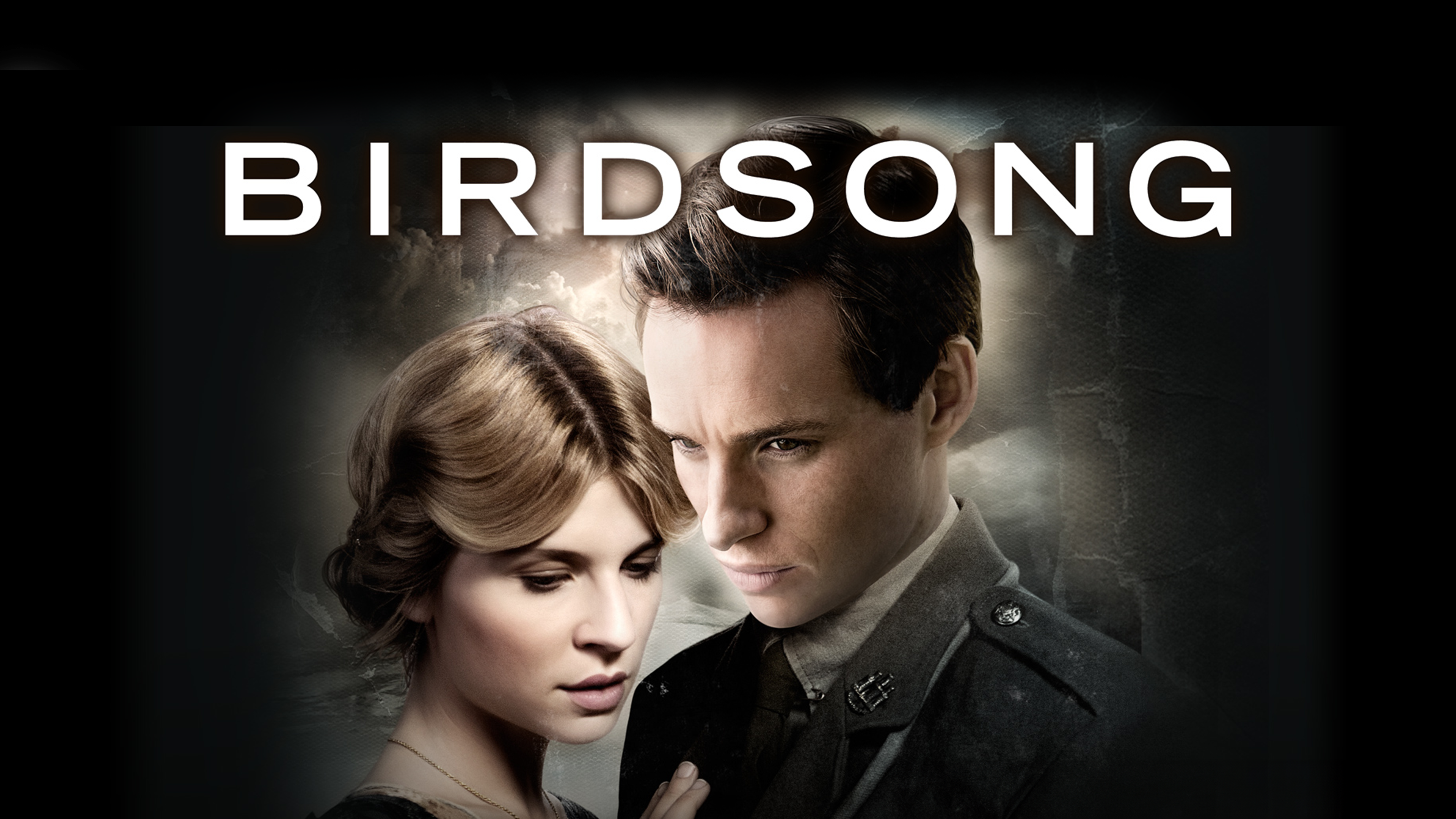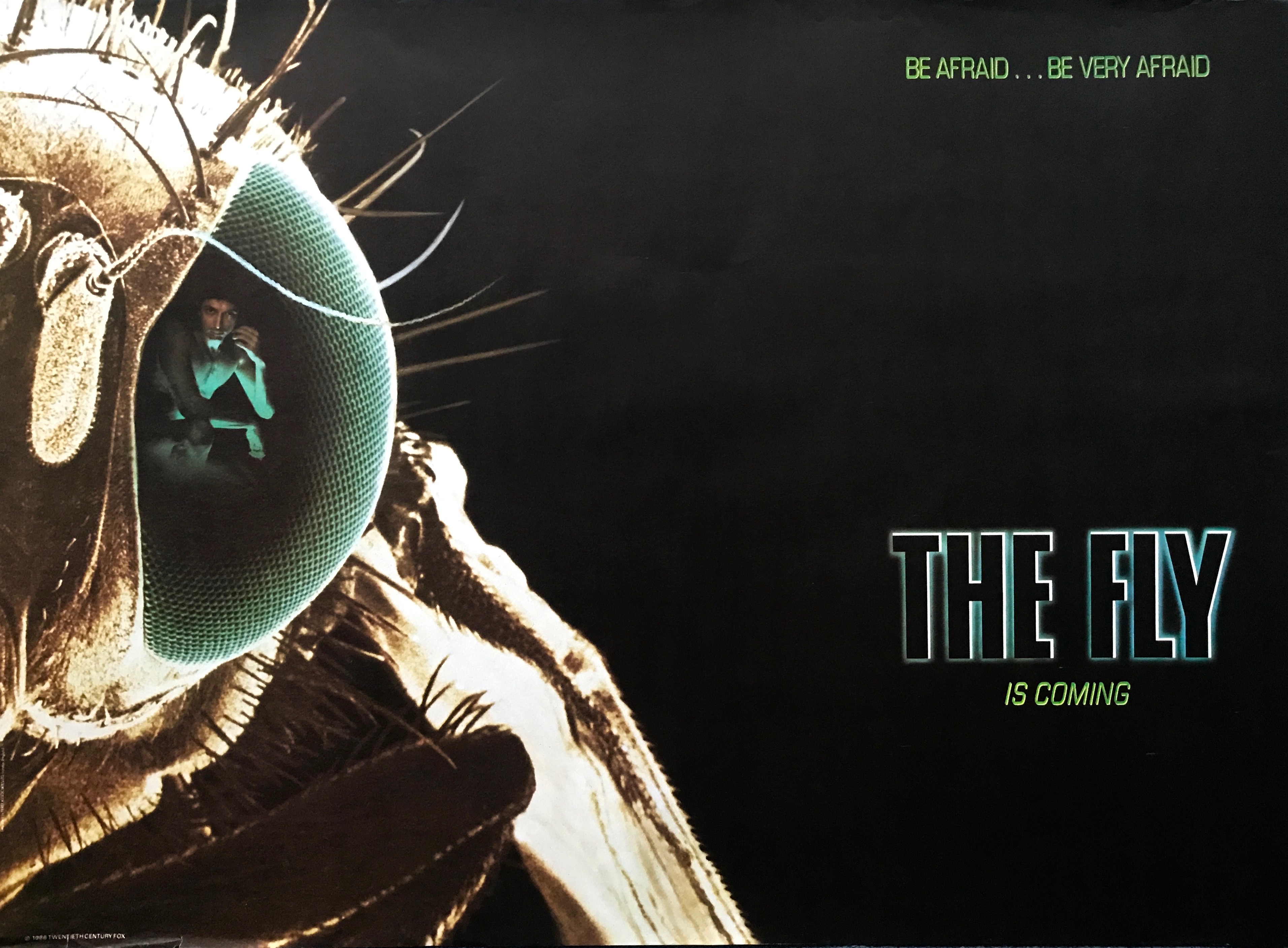
House on Eden is a stripped-down, found-footage horror film that delivers effective tension through minimalism and dread. Directed by Kris Collins and featuring real-life content creators Celina Myers and Jason-Christopher Mayer, the film blends the DIY style of viral internet horror with a more mature cinematic sensibility.
The story follows three paranormal investigators—Kris, Celina, and Jay—as they explore a seemingly forgotten house deep in the Canadian woods. Known locally as “The House on Eden,” the structure is rumored to be cursed. What begins as a simple ghost-hunting session turns into a nightmare as strange markings, voices, and hallucinations escalate. Soon, one member of the crew disappears. Then another. And the last remaining investigator must face the ancient force that inhabits the forested ruins.
While the film follows many of the genre's tropes—abandoned buildings, night-vision cameras, disembodied voices—it stands out in two key ways: the atmosphere and the ambiguity. Rather than offering clear answers or a traditional antagonist, House on Eden leans into folklore and psychological horror. The entity is never fully revealed. Instead, it is felt—in how the house seems to breathe, in how time slips, in how characters begin to distrust their own senses.
Performance-wise, the cast is convincing. Myers gives a surprisingly restrained and grounded performance, avoiding the over-acting that often plagues found-footage films. The sound design, particularly the use of silence and distorted static, plays a crucial role in building unease.

It’s not a blockbuster, but it doesn’t try to be. It’s a slow-burn, claustrophobic horror film meant to be experienced late at night with the lights off.
In a follow-up set two years later, House on Eden II: Bloodroot explores the long-term effects of surviving supernatural trauma. Kris has gone underground. Celina has been institutionalized. Jay is presumed dead. But when a new team of folklore researchers tries to document the original events, they discover that Eden was never just a house—it was a seed. And something has started to grow.
This time, the horror spreads beyond the forest. The entity—now bound to people rather than a place—takes root in their dreams, electronics, and memories. The sequel moves beyond the limits of found footage, blending digital hauntings, dream sequences, and slow psychological collapse.
Bloodroot would serve not just as a continuation, but as a transformation of the story: from local legend to generational curse. A haunting evolution of fear.


